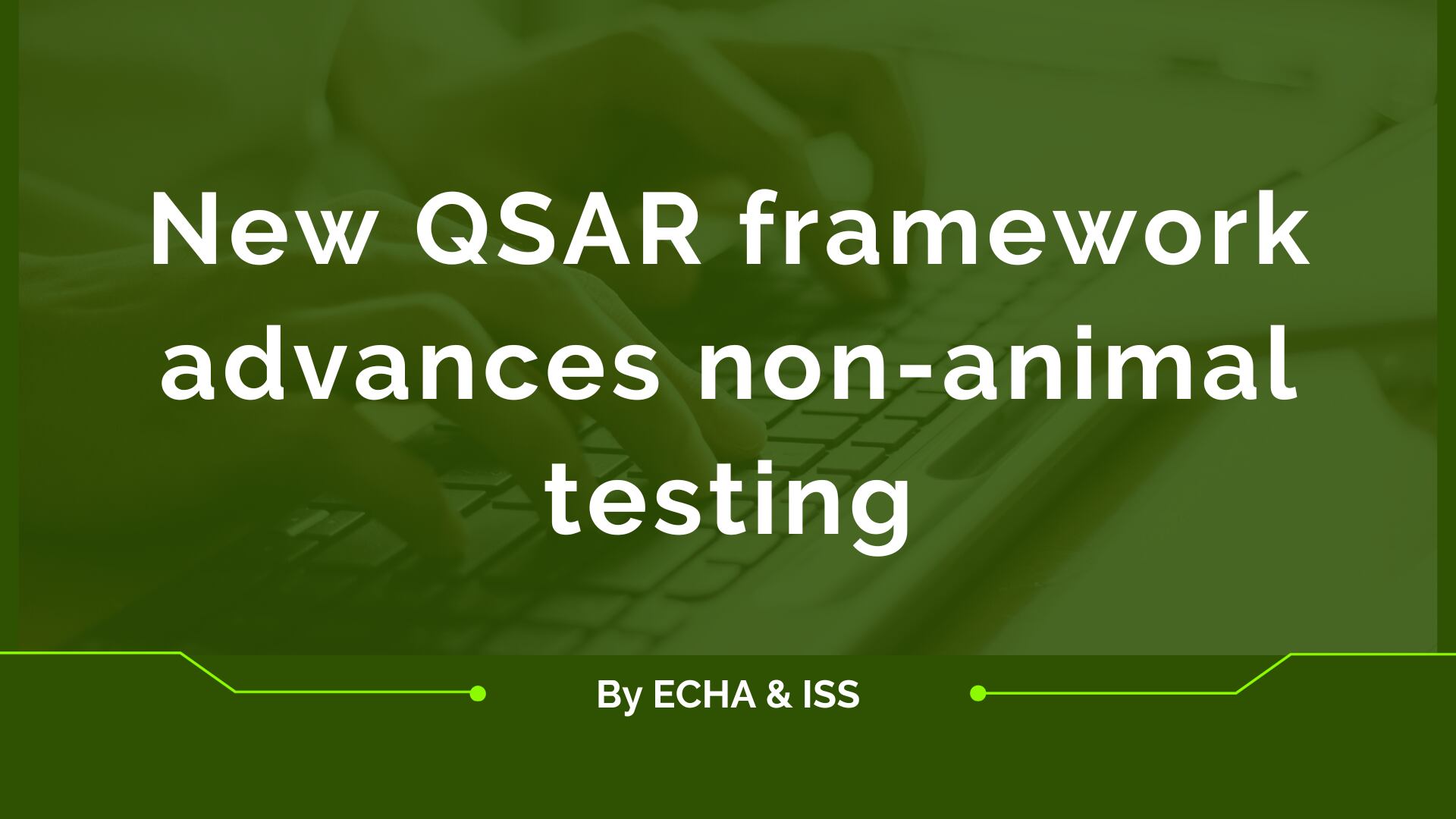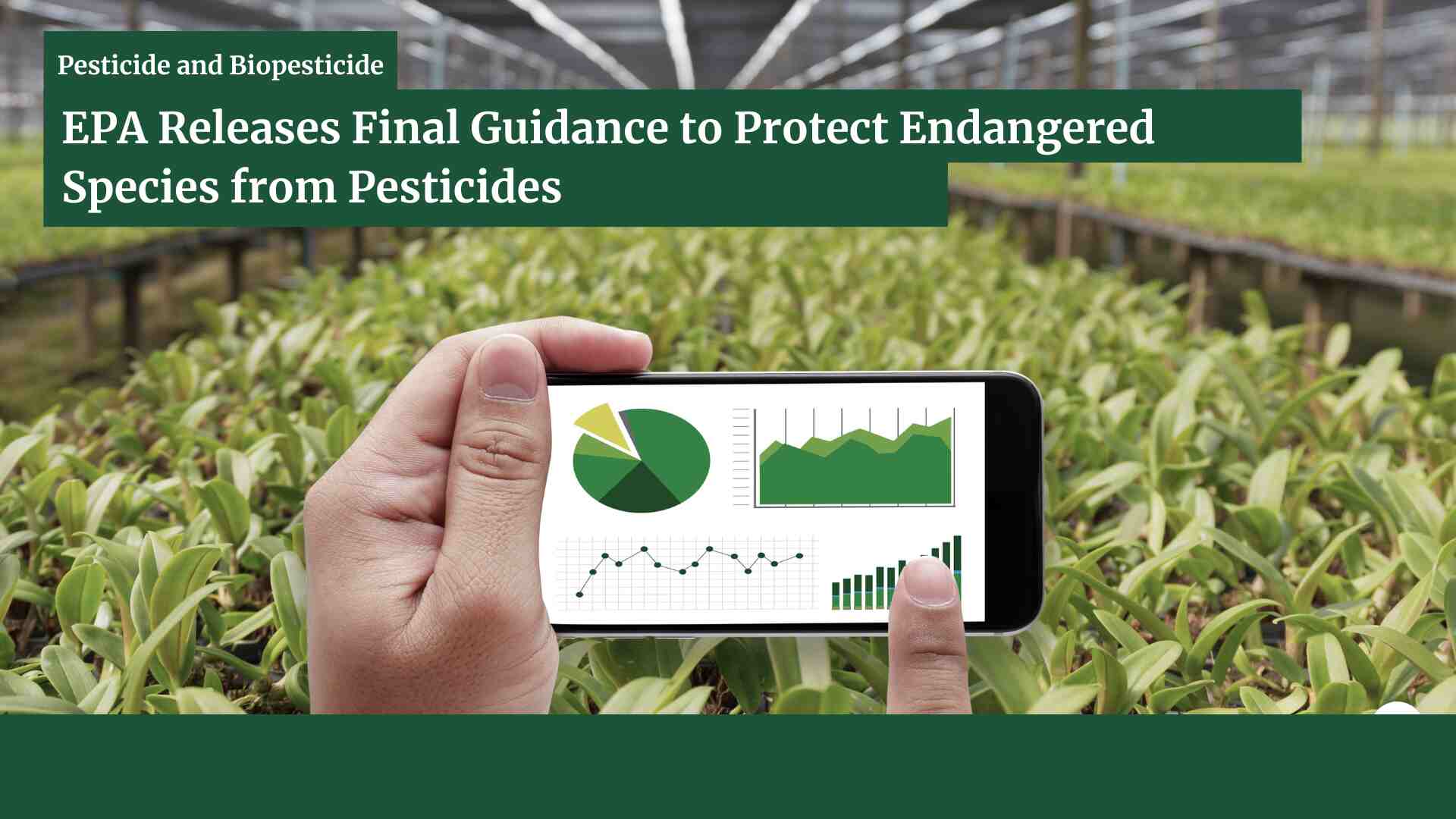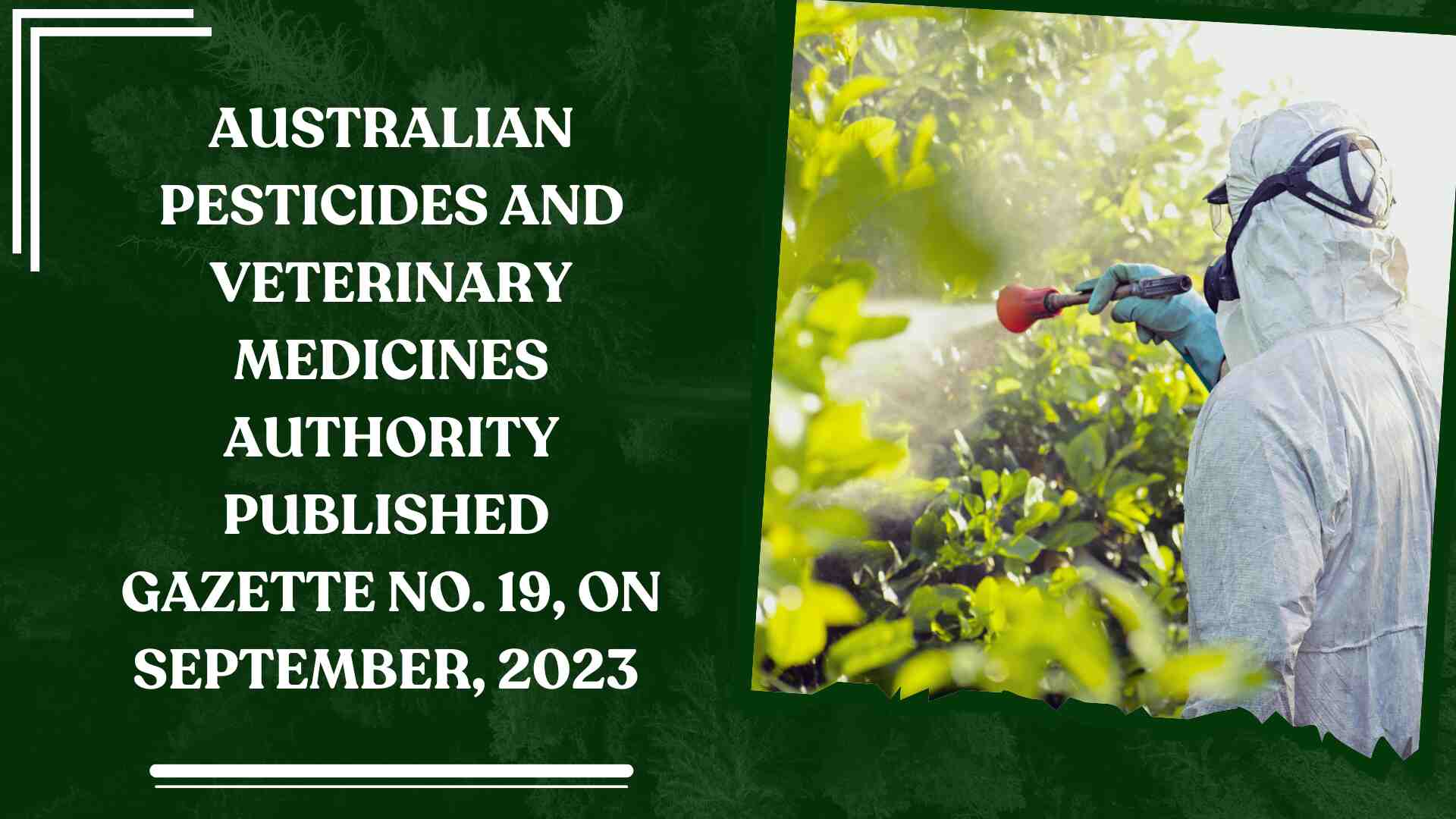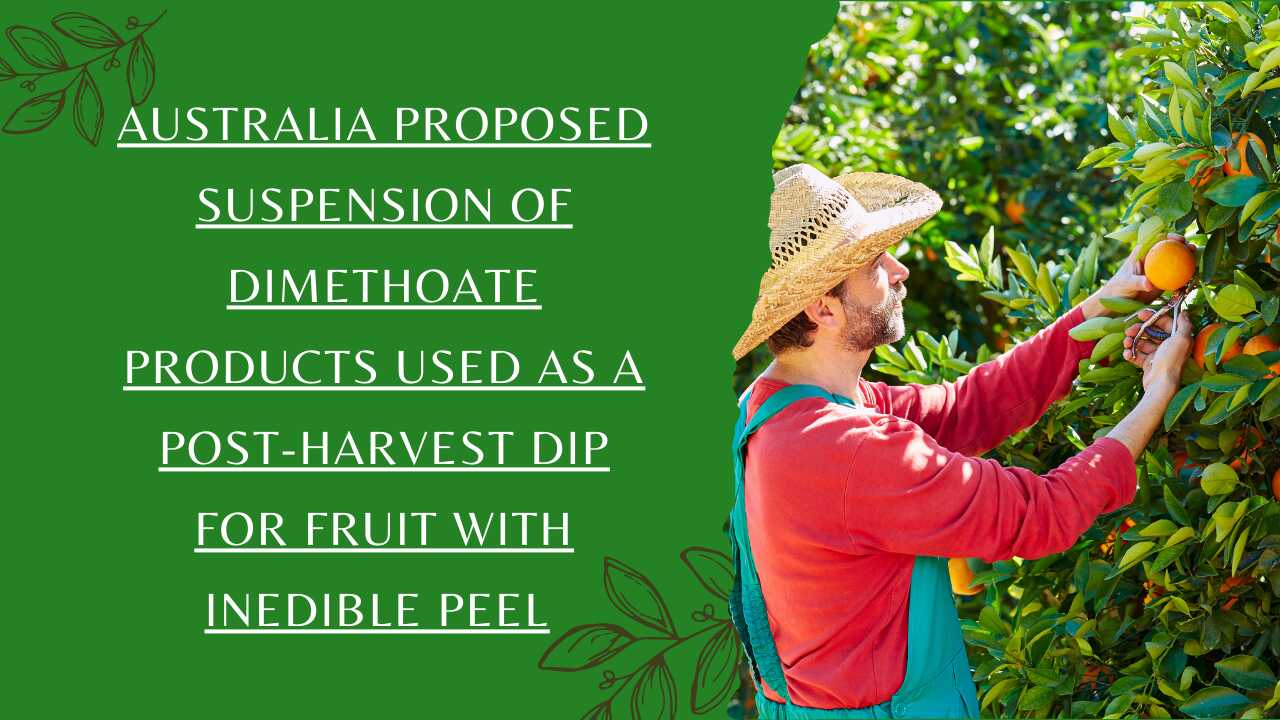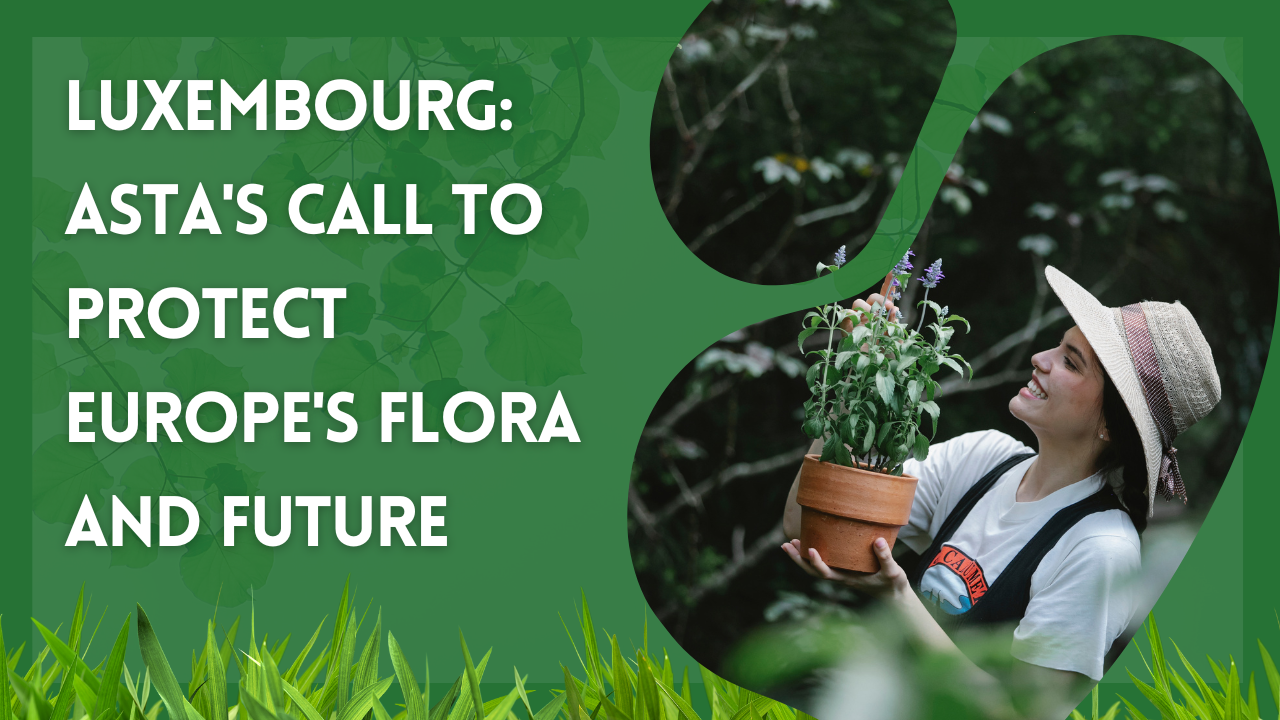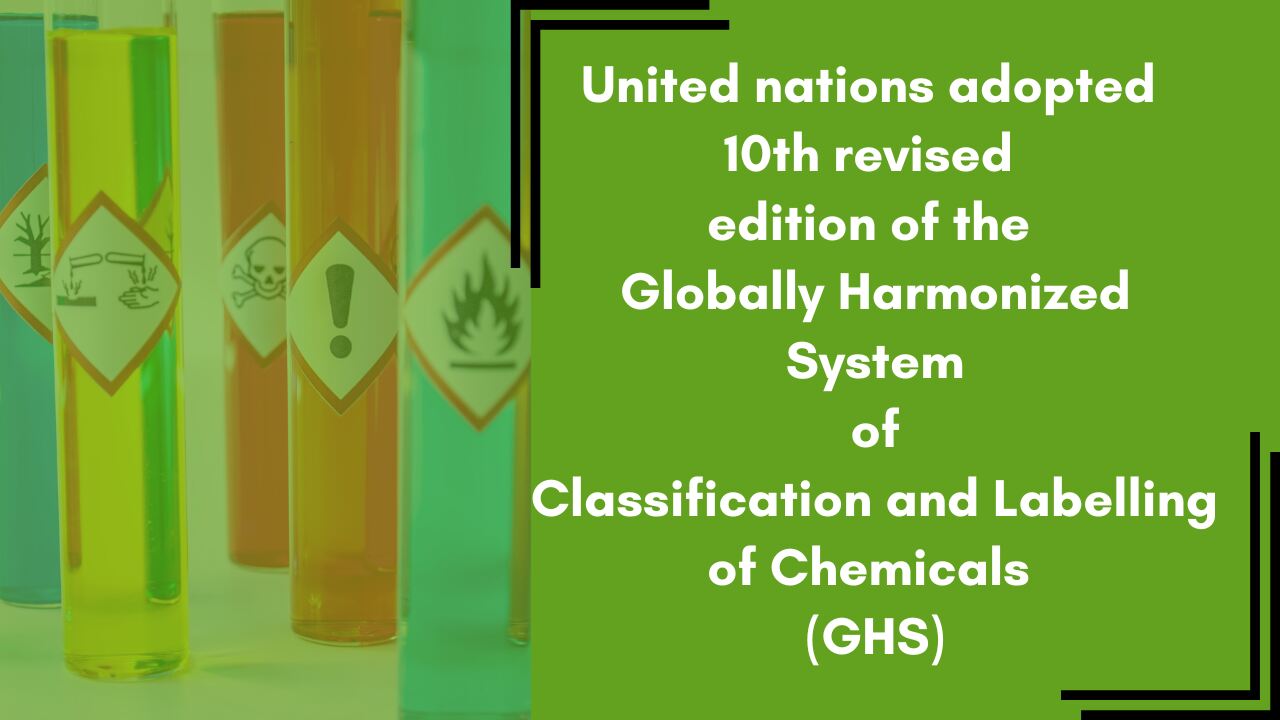The Organization for Economic Cooperation and Development (OECD) has released a groundbreaking framework to assess quantitative structure activity relationship (QSAR) studies, which provides more ethical and animal free approach to gain data on chemicals. ‘QSAR models’ are computer tools for predicting a compound’s characteristics, such as toxicity, from its chemical structure. The use of QSARs […]
Biocides are playing a vital role in getting rid of harmful bacteria, fungi, algae, and household insects. It is beneficial to ensure food and public health safety. As per the increased demand, it has also triggered the concerns of adverse effect of its use on environment and public health. In this scenario, biocide regulation plays […]
In order to increase the effectiveness of EPA’s Endangered Species Act studies for new pesticide active ingredient applications and active ingredients undergoing registration review, the “U.S. Environmental Protection Agency (EPA)” has provided final guidance to pesticide registrants. The guidance fulfils requirements outlined in the Pesticide Registration Improvement Act of 2022 (PRIA 5) and furthers goals […]
Information about veterinary chemical manufacturer licenses, approved active ingredients, and agricultural and veterinary chemical products can be found in Gazette No. 19, published on September, 2023. On the holder’s request, it also announces the suspension of several dimethoate products and labels as well as the cancellation of some agricultural and veterinary chemical products. In this […]
The Health and Safety Executive (HSE) has released a New HSE Guidance on pesticide residue Extrapolation in food and agricultural commodities. The guidance, which will come into force on January 1, 2024, replaces the previous version of the document, SANCO 7525/VI/95 Rev. 10.3. The new guidance provides more detailed information on the data requirements for […]
This Guidance includes technical guidance on how to conduct hazard and exposure assessments, as well as risk characterization for biocidal active agents and products in terms of effectiveness. The year 2023 brings forth a comprehensive and illuminating resource for the biocidal industry with the release of Volume II of the guidance on biocidal products regulation […]
In a significant move towards promoting sustainable development and environmentally conscious financial practices, the government has revealed the highly anticipated ‘draft green credit programme implementation rules.’ The rules outline guidelines for assessing the environmental impact of various projects and assigning “green credits” to those that meet predefined sustainability criteria. Key highlights of the draft rules […]
The Australian Pesticides and Veterinary Medicines Authority (APVMA) has put forth a proposal to suspend the registration and labelling of chemical products containing dimethoate, primarily used as a post-harvest dip for fruit with inedible peel. Reports received by the APVMA have indicated that the permissible limit of pesticide residue, known as the maximum residue limit […]
The Administration of Technical Services for Agriculture (ASTA) has emphasized the vital role that plants play in sustaining life on Earth and the essential need to preserve their health. ASTA has issued a call to all travellers, urging them not to bring any form of plants or plant products from third countries into the European […]
In a significant move to enhance the safety and standardization of chemicals worldwide, the United Nations’ “Committee of Experts on the Transport of Dangerous Goods and on the Globally Harmonized System of Classification and Labelling of Chemicals” has approved the tenth revised edition of the Globally Harmonized System (GHS Rev. 10). This revision comes after […]

